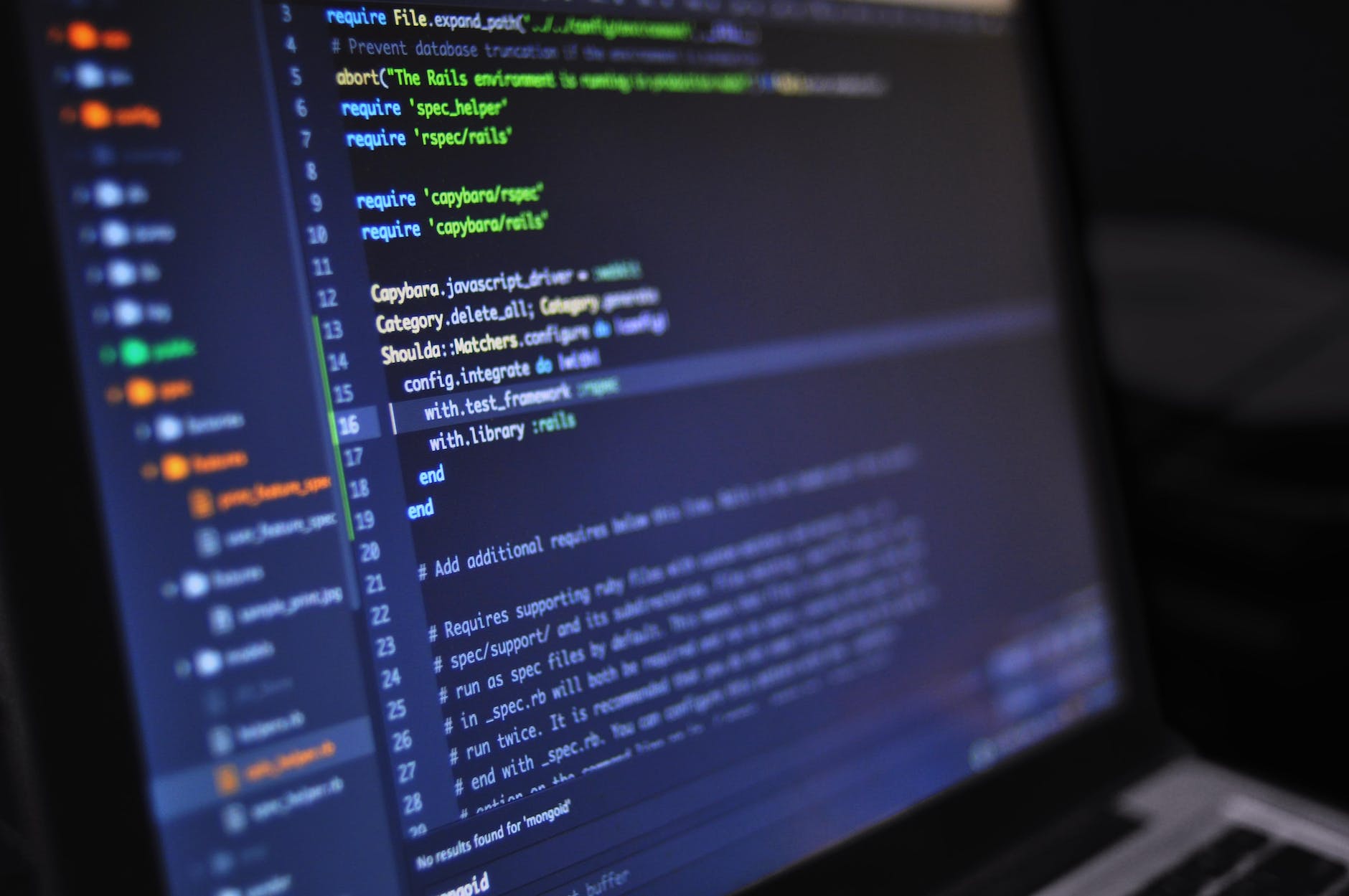In this comprehensive guide, we delve into the essential Python control flow statements: break, continue, and pass. These statements play a pivotal role in managing the flow of your Python programs, allowing you to create more efficient and readable code. We’ll explore each of these statements in detail, providing examples and use cases to help you master them.
Table of Contents
- Introduction
- The
breakStatement - The
continueStatement - The
passStatement - Practical Examples
- Conclusion
Python is a versatile and widely-used programming language known for its readability and simplicity. To harness its full potential, it’s crucial to understand control flow statements like break, continue, and pass. These statements enable you to manipulate the flow of your code and enhance your program’s efficiency.
The break Statement
The break statement is used to prematurely exit a loop when a certain condition is met. It is typically found within for or while loops and provides a way to terminate the loop’s execution. Here’s an example:
for i in range(1, 11):
if i == 5:
break
print(i)
In this example, the loop stops when i equals 5, preventing further iterations. This is useful when you want to avoid unnecessary processing.
The continue Statement
The continue statement is another valuable control flow tool. It is used to skip the current iteration of a loop and move to the next one. Consider the following code snippet:
for i in range(1, 11):
if i % 2 == 0:
continue
print(i)
In this case, the loop skips even numbers and prints only the odd ones. This is particularly handy for filtering data or focusing on specific elements.
The pass Statement
While break and continue alter the flow of your program, the pass statement is more of a placeholder. It does nothing and is often used when syntactically required but no action is needed. For example:
def placeholder_function():
pass
Practical Examples of break, continue, and pass statements in Python
Let’s explore some practical use cases for these statements:
Example 1: Exiting a Loop
Suppose you are searching for a specific item in a list. Once you find it, there’s no need to keep searching:
items = [3, 7, 2, 8, 5, 9]
search_for = 8
for item in items:
if item == search_for:
print("Item found!")
break
Example 2: Skipping Unwanted Data
Imagine you have a list of grades and want to calculate the average, but you want to skip any incomplete or erroneous data points:
grades = [95, None, 80, 75, "A", 88]
total = 0
count = 0
for grade in grades:
if not isinstance(grade, int):
continue
total += grade
count += 1
average = total / count
print(f"Average grade: {average}")
So, we’ve explored the break, continue, and pass statements in Python. These powerful control flow tools enable you to write more efficient and expressive code, making your Python programs more robust and maintainable. By mastering these statements, you’ll be better equipped to tackle a wide range of programming challenges in Python.
Now that you have a solid understanding of these essential control flow statements, you can confidently apply them to your Python projects and optimize your code for better performance and readability.
